Few sports can match motor racing when it comes to statistical anomalies skewed by circumstance.
Stirling Moss was unquestionably one of the finest drivers of all time yet has as many world titles to his name as Adolfo Schwelm Cruz, who started but a single world championship grand prix (Argentina 1953, since you ask). Jim Clark is likewise an enduring talisman yet accumulated fewer than half the points attributed to professional fifth to seventh-place finisher Sergio Pérez, largely because you now score more for ambling home fifth, a lap in arrears, than Clark would have collected for winning by the same margin. And despite having graduated from Farley’s Rusks only about 10 minutes ago, Max Verstappen has already picked up more points than Alain Prost managed in a career ripe with 51 grand prix victories.
Even during the course of the same season, the validity of comparisons is sometimes masked by arcane detail: unexpected safety car interludes, fluffed pit stops, changeable weather, Ferrari’s occasional ability to convert near-certain victory into a distant fourth place… Here, we attempt to steer a course through the variables to establish who has got the better of whom (sometimes, at least) in 2019.
Ferrari
Sebastian Vettel vs Charles Leclerc: The first relatively inexperienced young driver to land a Ferrari race seat since Gilles Villeneuve in 1977, Leclerc proved by race two that he wasn’t just capable of matching his illustrious sidekick: he took pole by three-tenths and was cruising to a maiden grand prix victory until a fuel injection problem dropped him to third, a gift Mercedes received with open arms. It would not be Ferrari’s only charitable act of 2019. But for occasional reliability problems, his qualifying accident in Baku and his team’s capacity for myopia – failing to realise that Verstappen was the real threat in Austria, for instance – Leclerc might well have forced Mercedes to fight longer and harder for its latest titles.
His was a hugely impressive campaign, yet there were signs of vintage Vettel: the pole laps in Japan and Canada (where most right-minded people consider he was wrongly stripped of victory, picking up a time penalty for blocking Hamilton when he was patently doing his utmost not to have an accident that might have taken out both of them), the stubborn refusal to adhere to team orders while leading in Russia... Leclerc is the future, but Vettel’s old spark endures.
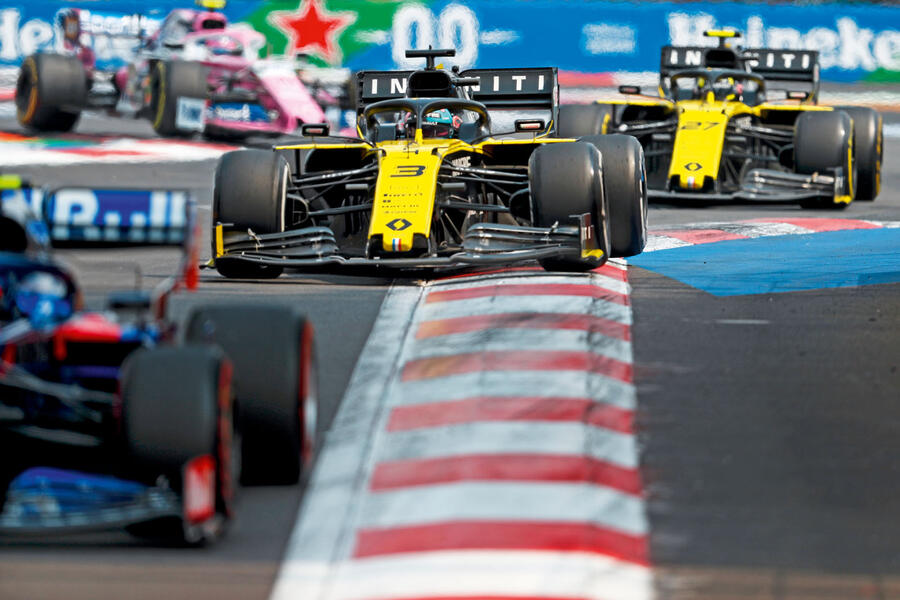

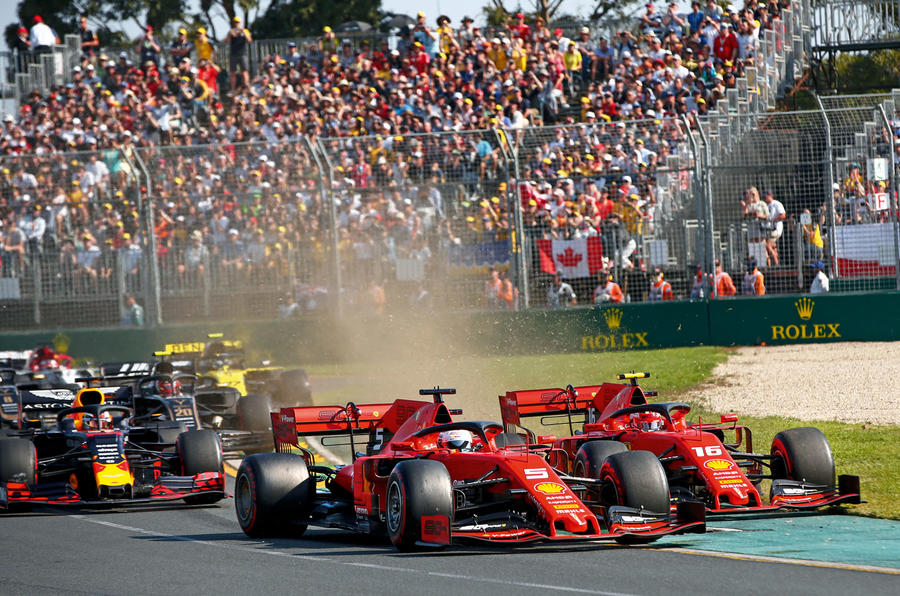









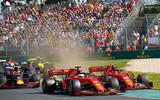










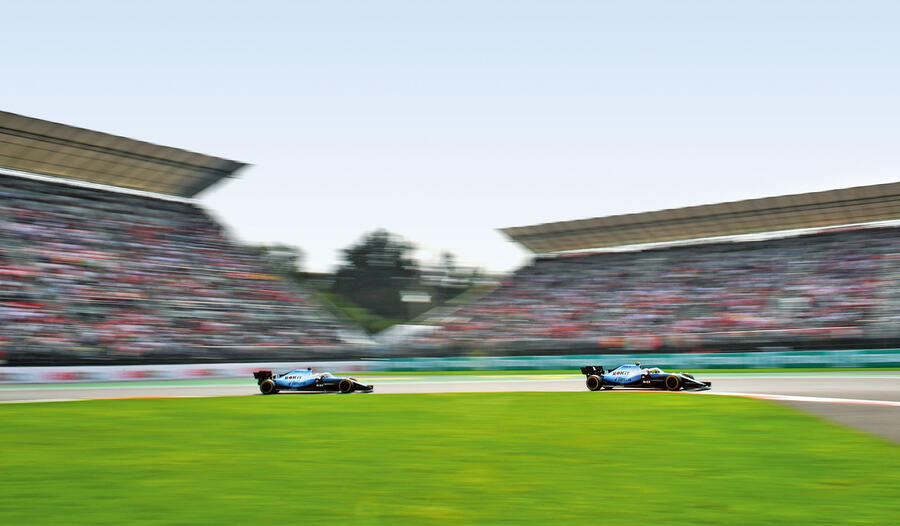
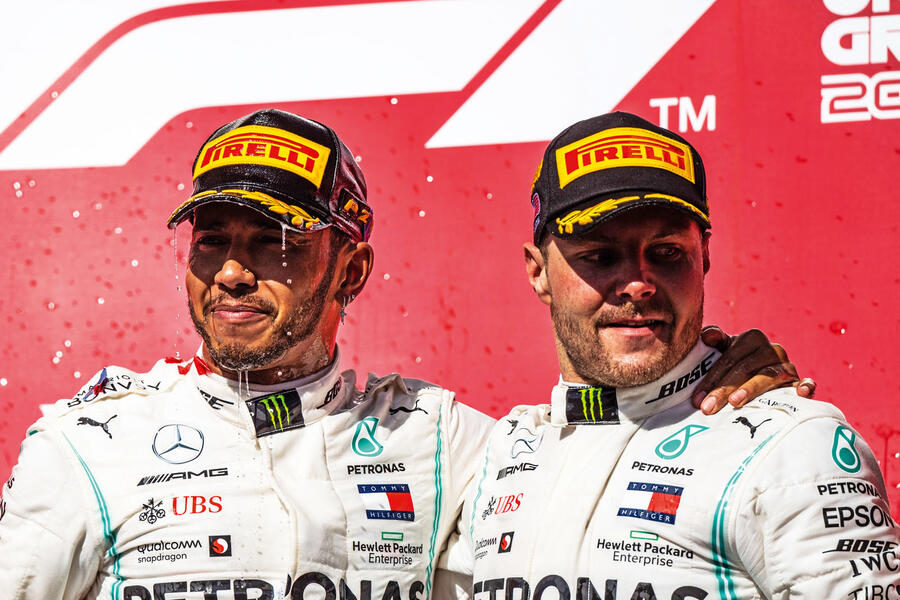
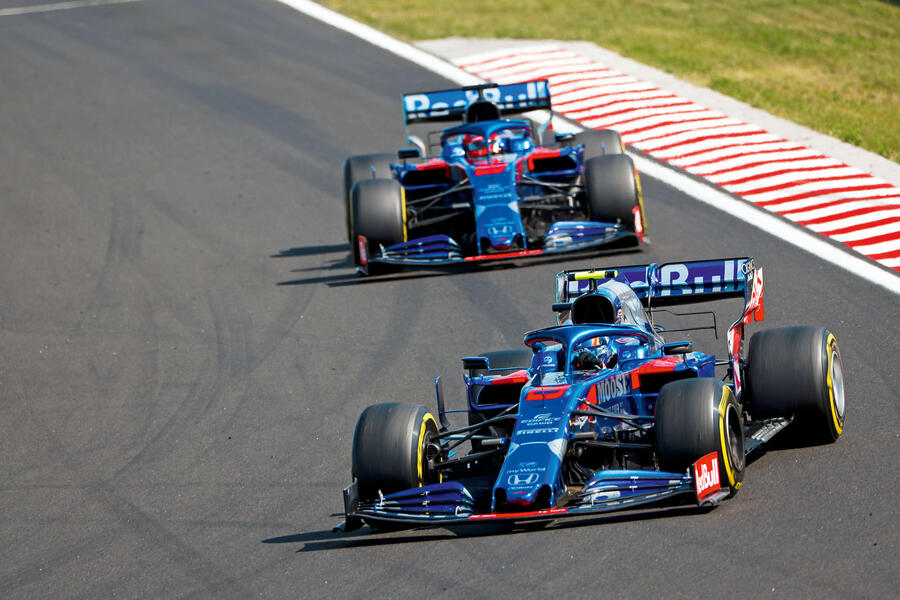
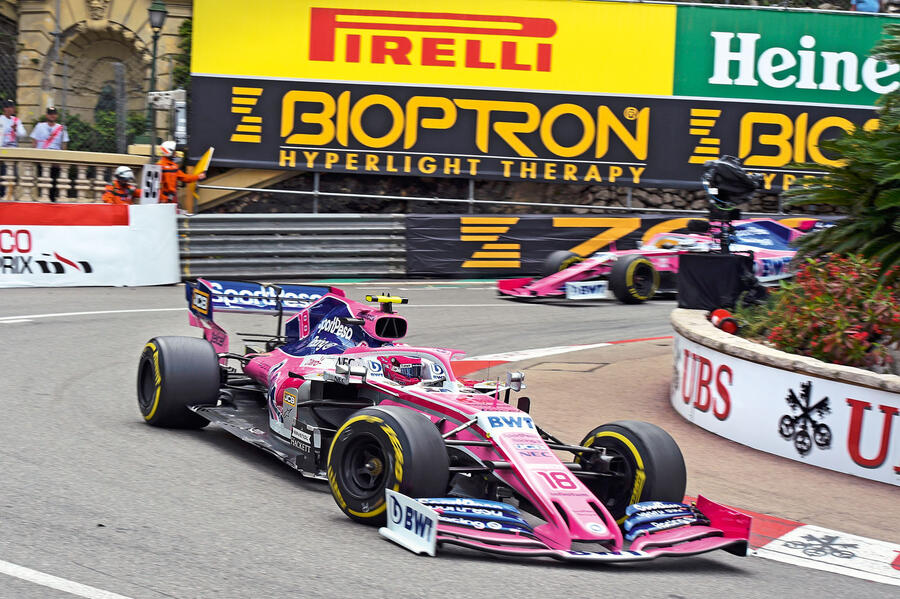
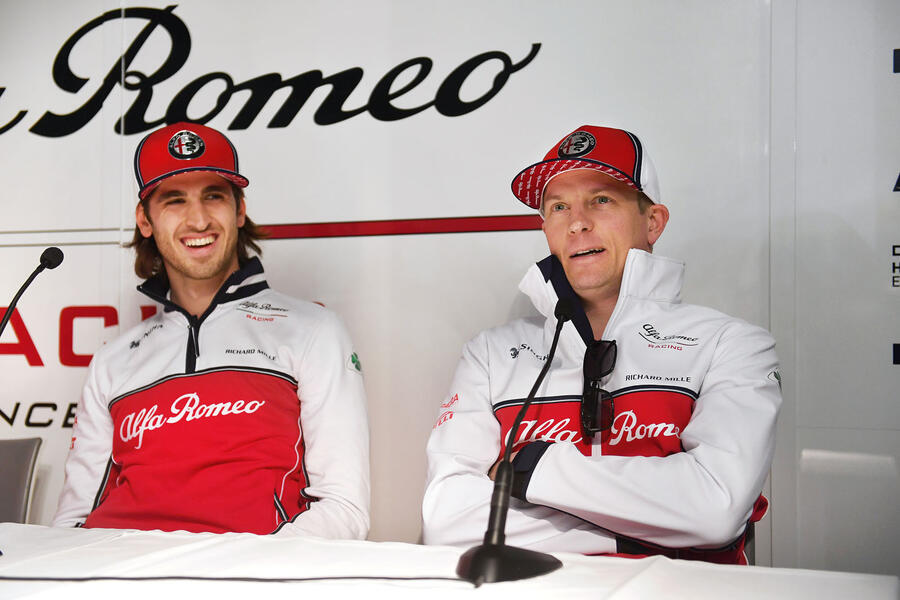
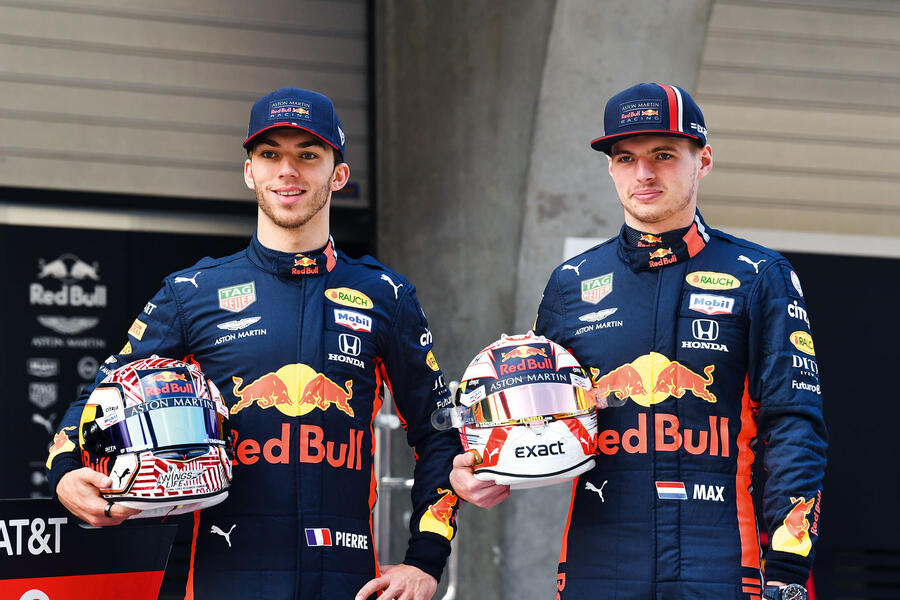
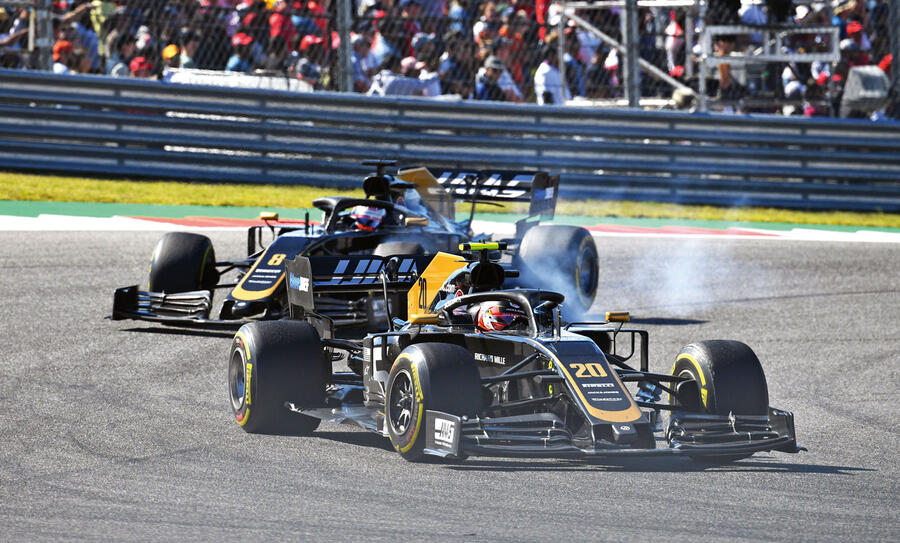


Join the debate
Add your comment
At a guess
It leaves Vettel at Ferrari till 2021 then retirement, Verstappen at RB till 2021 then Mercedes, and Hamilton at Ferrari from 2021.
This just in!
Rumour mill says LeClerc has signed with Ferrari till 2024!, where does this leave Vettel? and Verstappen for that matter....?
Spot On Paul
You summed it up far better in fewer words than a paid journalist